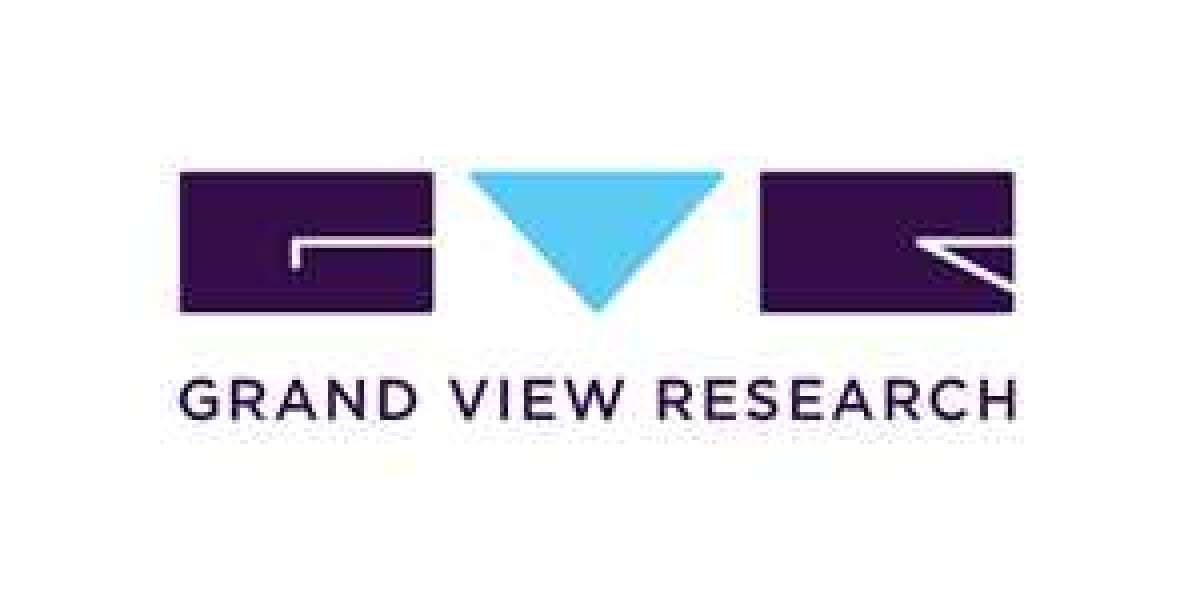Fertilizer Category Overview
The fertilizer category is expected to grow at a CAGR of 3.4% from 2023 to 2030. The rise in global population and increasing demand for food is expected to drive the category growth. The world's population has witnessed a remarkable rise, approximately three times larger than it was in the middle of the twentieth century. To accomplish the rising need for food as the world's population grows, it is urgent to boost the production of agricultural products. Fertilizers are important for modern agriculture because they give crops the required nutrients and increase soil fertility crop yields. The demand for animal feed is also being driven by shifting dietary habits and the move towards more protein-rich diets in emerging nations. As a result, it is driving up the demand for fertilizers used in the cultivation of forage and pasture. Further, integrating fertilizers for optimal crop production has become increasingly important due to the adoption of contemporary agricultural methods and technologies, such as precision agriculture techniques.
The Asia-Pacific region accounts for the largest category share as the region has a rising demand for superior quality agricultural produce and practices. Further, it will boost the nitrogenous fertilizers usage in this region. High nitrogenous fertilizer which is priced per hectare is used by Asian nations including Korea, China, Japan, and Vietnam for both seasonal and perennial crops. The region utilizes 90% of the world’s rice production and key crops grown are rice, sugar beet, fruits and vegetables, cereals, and grains. As a result, specialty fertilizers are highly demanded for growing these types of crops in this region.
Order your copy of the Fertilizer Procurement Intelligence Report, 2023 - 2030 , published by Grand View Research, to get more details regarding day one, quick wins, portfolio analysis, key negotiation strategies of key suppliers, and low-cost/best-cost sourcing analysis
With the help of new technologies, the fertilizer business is constantly developing and inventing to improve crop output while reducing its negative environmental effects. Technological developments in this category include controlled-release of fertilizers, nanotechnology, precision farming, biofertilizers, and the use of waste materials will aid in the creation of effective, long-lasting fertilizers that maximize the absorption and utilization of nutrients by plants. Controlled-release fertilizers (CRFs) are considered one of the remarkable technological improvements in the fertilizer sector. These fertilizers are made to gradually release nutrients over a lengthy period, ensuring a consistent supply of vital nutrients to the plants. To control nutrient release, CRFs employ various coating and encapsulation techniques, which increase the effectiveness of nutrient utilization and minimize fertilizer runoff and leaching into water sources. By reducing nutrient losses and boosting crop yields, this technology aids in reducing agriculture's environmental impact.
The main cost components in this category are raw materials, labor, production costs, logistic costs and energy costs. The main raw materials in most fertilizer mixtures are nitrogen (N), phosphorus (P), and potassium (K). The volume and cost of most blends are mostly made up of these three components. These materials can change depending on production systems (e.g., made more soluble) or filtered to remove components that are harmful to the production of ornamental containers. Raw materials are taken to the blender factory where the raw material will be combined, packaged, and delivered to the consumer or distributor. Because fertilizers are heavy and are shipped longer distances, transportation costs may be high. The capacity to transfer raw materials and finished items promptly depends on the availability of shipping containers and vehicles. Fertilizer prices and availability are an important concern for farmers as they currently represent between 15 and 20% of the total cash costs. Farmers in Certain regions of the U.S. estimate that prices have increased by more than 300% over the previous winter of 2021. Strong domestic and international demand, low fertilizer inventories, and very gradual production adjustments by the U.S. fertilizer sector all contributed to the price hike in 2022.
Fertilizer Procurement Intelligence Report Scope
The Fertilizer category is expected to have pricing growth outlook of 30% - 60% (Annually) from 2023 to 2030, with below pricing models.
- Fixed pricing model
- Volume-based pricing
Supplier Selection Scope of Report
- Cost and pricing
- Past engagements
- Productivity
- Geographical presence
Supplier Selection Criteria of Report
- Water soluble fertilizers
- Control released fertilizers
- Dry/solid fertilizers
- Technical specifications
- Operational capabilities
- Regulatory standards and mandates
- Category innovations
- others
Fertilizer Procurement Intelligence Report Coverage
Grand View Research will cover the following aspects in the report:
- Market Intelligence along with emerging technology and regulatory landscape
- Market estimates and forecasts from 2023 to 2030
- Growth opportunities, trends, and driver analysis
- Supply chain analysis, supplier analysis with supplier ranking and positioning matrix, supplier’s recent developments
- Porter’s 5 forces
- Pricing and cost analysis, price trends, commodity price forecasting, cost structures, pricing model analysis, supply and demand analysis
- Engagement and operating models, KPI, and SLA elements
- LCC/BCC analysis and negotiation strategies
- Peer benchmarking and product analysis
- Market report in PDF, Excel, and PPT and online dashboard versions
Fertilizer Procurement Cost and Supplier Intelligence
Countries such as Russia, Canada, China, and the United States are the most preferred sourcing destinations. Russia is considered the largest exporter of this product due to the strong urea and phosphate export program, which led to a drop in fertilizer prices in April 2023. This program was implemented to overcome the challenges that Russian fertilizer manufacturers were facing which include concerns over vessel availability, growing insurance costs, funding challenges, and skyrocketing Black Sea freight charges. Selecting a supplier who forecasts demand using fertilizer utilization tools is considered an important sourcing practice in this category. Other best sourcing practices include collaborating with suppliers who offer value-added assistance to improve crop nutrition, soil sampling, and nutrient management, and utilizing LCCS (low-cost-country sourcing) strategy for raw materials. Creating a crop-based, expert-based forecast is a very significant and necessary tool for predicting fertilizer demand. A wide range of individuals and businesses, including agricultural researchers, fertilizer marketing managers, government organizations, public policymakers, and international agencies, can benefit from the information provided by these forecasts. These projections are crucial for the fertilizer sector to effectively build the infrastructure and production capacity necessary to satisfy the demands of farmers all over the world.
List of Key Suppliers
- Haifa Group
- Nutrien Ltd.
- Yara International ASA
- CF Industries Holdings Inc
- Syngenta AG
- Bunge Limited
- Israel Chemicals Ltd,
- Indian Farmers Fertilizer Cooperative Limite,
- Sumitomo Chemical Co. Ltd
- Gemlik Fertilizer Inc.
Browse through Grand View Research’s collection of procurement intelligence studies:
- Mining Equipment Industry Procurement Intelligence, Supplier Intelligence, Supplier Ranking, Pricing Cost Structure Intelligence, Best Practices, Engagement Model, Low Best Cost Country, Day One Analysis Report, 2020 – 2027
- Cyber Security Procurement Intelligence Report, 2023 - 2030 (Revenue Forecast, Supplier Ranking Matrix, Emerging Technologies, Pricing Models, Cost Structure, Engagement Operating Model, Competitive Landscape)
- Lab Equipment Procurement Intelligence Report, 2023 - 2030 (Revenue Forecast, Supplier Ranking Matrix, Emerging Technologies, Pricing Models, Cost Structure, Engagement Operating Model, Competitive Landscape)
Brief about Pipeline by Grand View Research:
A smart and effective supply chain is essential for growth in any organization. Pipeline division at Grand View Research provides detailed insights on every aspect of supply chain, which helps in efficient procurement decisions.
Our services include (not limited to):
- Market Intelligence involving – market size and forecast, growth factors, and driving trends
- Price and Cost Intelligence – pricing models adopted for the category, total cost of ownerships
- Supplier Intelligence – rich insight on supplier landscape, and identifies suppliers who are dominating, emerging, lounging, and specializing
- Sourcing / Procurement Intelligence – best practices followed in the industry, identifying standard KPIs and SLAs, peer analysis, negotiation strategies to be utilized with the suppliers, and best suited countries for sourcing to minimize supply chain disruptions



